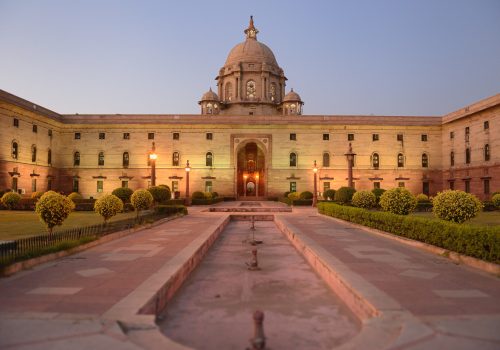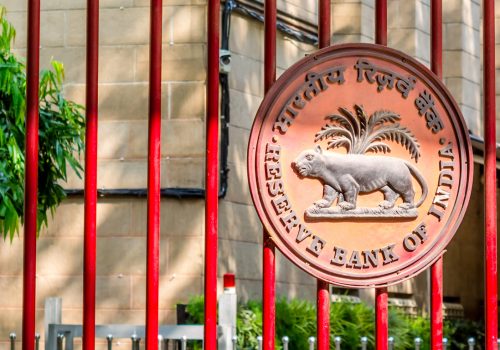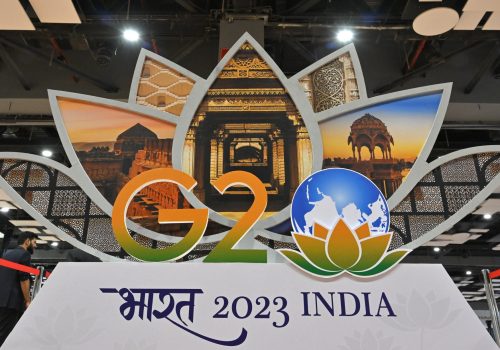The advanced consumer economy driving India’s ascent
India’s growing economic power is well-documented. In fact, by 2030 India could become the world’s third-largest economy, racing ahead of Japan and Germany. But less understood is how the rise of powerful consumers within the country is creating a massive new domestic and international market.
10 percent of the population takes home nearly 60 percent of the nation’s gross annual income. That works out to nearly $2 trillion a year. For perspective, that’s larger than the GDPs of Australia, South Korea, and Spain, and closing in on Italy.
This means there is essentially a rapidly growing advanced economy within an emerging market. Major companies, ranging from luxury goods makers Gucci and Louis Vuitton to manufacturing powerhouses like Tesla, are racing to expand across the sub-continent.
And while inequality is a concern, the data shows that India’s gap is no worse than many G20 peers and is better than the gap in the United States. Inequality in this case is unfortunately in line with the norm.
There is one way in which India’s inequality stands out: Female labor force participation. In India, the share of the female working age population that’s engaged in the workforce (24 percent in 2022) lags behind similar rapidly-growing economies. In China, women’s participation in the workforce has been around 70 percent for the last decade. For India to sustain high growth into the future, it will need to make it easier for the other half of its population to join the economy.
To be sure, India’s economic growth does face headwinds, including slow reforms to governance and the ease of doing business, concerns on freedom of the press, high youth unemployment, and high adult illiteracy. For India to fulfill its growth potential and wield the power of its domestic market, it will need to address these risks. If it does, the potential in the years ahead is striking.
One only needs to look at the data to see there is a good reason why both the UK and EU are busy working on possible trade deals with India.
Back at the 2010 World Economic Forum in Davos, a speech by China’s Vice Premier Le Keqiang captured headlines when he said, “A big developing country with over one billion in population has to overcome many challenges to realize modernization…so we will focus on boosting domestic demand.” That didn’t happen for China. But it turns out a big developing country with over one billion people did shore up domestic demand—it was India.
Josh Lipsky is the senior director of the Atlantic Council GeoEconomics Center and a former adviser to the International Monetary Fund.
Sophia Busch is an assistant director for the Atlantic Council GeoEconomics Center where she supports the center’s work on trade.
This post is adapted from the GeoEconomics Center’s weekly Guide to the Global Economy newsletter. If you are interested in getting the newsletter, email SBusch@atlanticcouncil.org

At the intersection of economics, finance, and foreign policy, the GeoEconomics Center is a translation hub with the goal of helping shape a better global economic future.
Further reading
Fri, Oct 20, 2023
Breaking down China and India’s race to represent the Global South
Econographics By Hung Tran
The divergences between them will define geopolitics.
Fri, Aug 25, 2023
Understanding the growing use of local currencies in cross-border payments
Econographics By Hung Tran
Local currencies don’t threaten the dollar, but they’re changing how payments are made around the world.
Tue, Oct 3, 2023
A lasting legacy of India’s G20: Trade opportunities for small businesses
New Atlanticist By Gopal Nadadur
The India-led G20 has delivered some under-the-radar outcomes with big potential gains, most notably for micro-, small-, and medium-sized enterprises.
Image: Mumbai, India: May 2018/iStock


